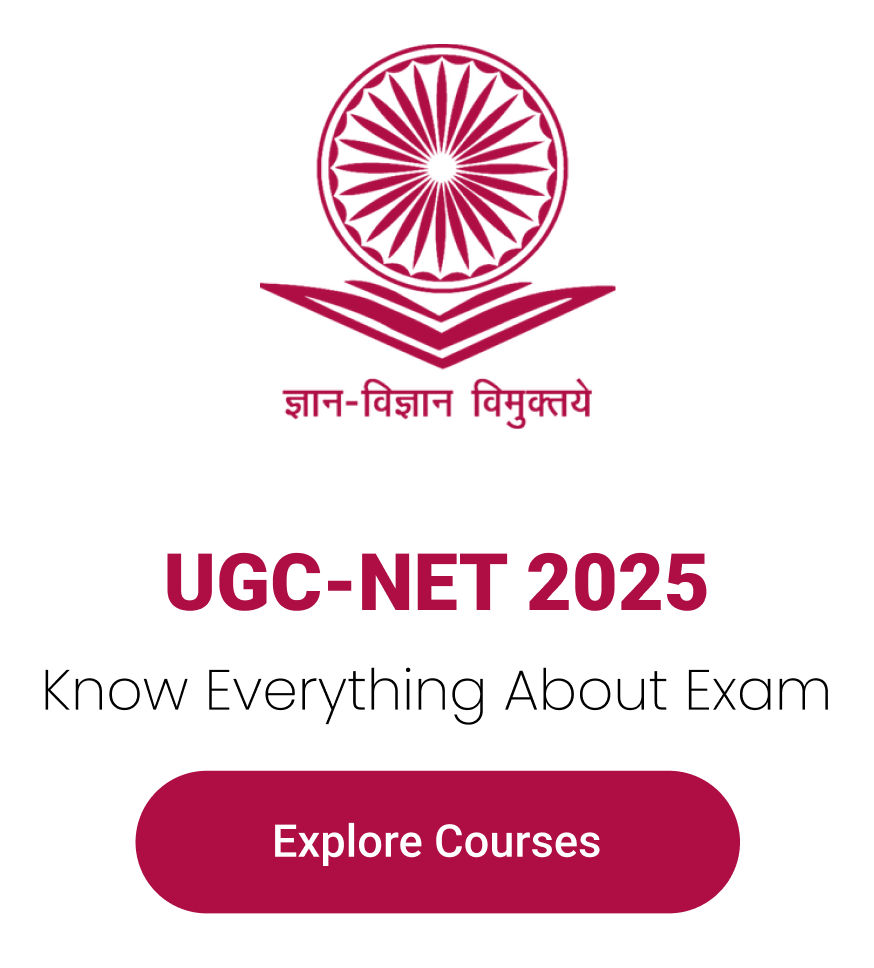| Topics | Subtopics |
| Probability and Statistics | - Counting (Permutations and Combinations)
- Probability Axioms
- Sample Space
- Events
- Independent Events
- Mutually Exclusive Events
- Marginal, Conditional, and Joint Probability
- Bayes’ Theorem
- Conditional Expectation and Variance
- Mean, Median, Mode, and Standard Deviation
- Correlation and Covariance
- Random Variables
- Discrete Random Variables and Probability Mass Functions (Uniform, Bernoulli, and Binomial Distribution)
- Continuous Random Variables and Probability Distribution Functions (Uniform, Exponential, Poisson, Normal, Standard Normal, t-Distribution, Chi-Squared Distributions)
- Cumulative Distribution Function
- Conditional Probability Density Function
- Central Limit Theorem
- Confidence Interval
- z-Test
- t-Test
- Chi-Squared Test
|
| Linear Algebra | - Vector Space
- Subspaces
- Linear Dependence and Independence of Vectors
- Matrices
- Projection Matrix
- Orthogonal Matrix
- Idempotent Matrix
- Partition Matrix and Their Properties
- Quadratic Forms
- Systems of Linear Equations and Solutions
- Gaussian Elimination
- Eigenvalues and Eigenvectors
- Determinant
- Rank
- Nullity
- Projections
- LU Decomposition
- Singular Value Decomposition
|
| Calculus and Optimization | - Functions of a Single Variable
- Limit
- Continuity and Differentiability
- Taylor Series
- Maxima and Minima
- Optimization Involving a Single Variable
|
| Programming, Data Structures, and Algorithms | - Programming in Python
- Basic Data Structures: Stacks, Queues, Linked Lists, Trees, and Hash Tables
- Search Algorithms: Linear Search and Binary Search
- Basic Sorting Algorithms: Selection Sort, Bubble Sort, Insertion Sort
- Divide and Conquer Techniques: Mergesort, Quicksort
- Introduction to Graph Theory
- Basic Graph Algorithms: Traversals and the Shortest Path
|
| Database Management and Warehousing | - ER-Model (Entity-Relationship Model)
- Relational Model: Relational Algebra, Tuple Calculus
- SQL (Structured Query Language)
- Integrity Constraints
- Normal Form
- File Organization
- Indexing
- Data Types
- Data Transformation: Normalization, Discretization, Sampling, and Compression
- Data Warehouse Modeling: Schema for Multidimensional Data Models
- Concept Hierarchies
- Measures: Categorization and Computations
|
| Machine Learning | - Supervised Learning
- Regression and Classification Problems
- Simple Linear Regression
- Multiple Linear Regression
- Ridge Regression
- Logistic Regression
- k-Nearest Neighbors
- Naive Bayes Classifier
- Linear Discriminant Analysis
- Support Vector Machine
- Decision Trees
- Bias-Variance Trade-off
- Cross-validation Methods: Leave-One-Out (LOO) Cross-validation, k-Folds Cross-validation
- Multi-layer Perceptron
- Feed-forward Neural Network
- Unsupervised Learning:
- Clustering Algorithms
- k-Means and k-Medoid Clustering
- Hierarchical Clustering
- Dimensionality Reduction
- Principal Component Analysis (PCA)
|
| Artificial Intelligence (AI) | - Search: Informed Search, Uninformed Search, Adversarial Search
- Logic: Propositional Logic, Predicate Logic
- Reasoning under Uncertainty Topics
- Conditional Independence Representation
- Exact Inference through Variable Elimination
- Approximate Inference through Sampling
|


